Southeast Asia beckons travelers with its dazzling array of cultural treasures, yet Bali and Thailand stand apart as the region’s most sought-after gems. They might share tropical climates and proximity on the map, but that’s where the similarities often end.
Bali’s deeply spiritual atmosphere creates a markedly different vibe from Thailand’s energetic buzz – a contrast that offers globe-trotters two completely different flavors of paradise. Here is a list of 15 experiences that highlight the differences between these popular destinations.
Temple Architecture
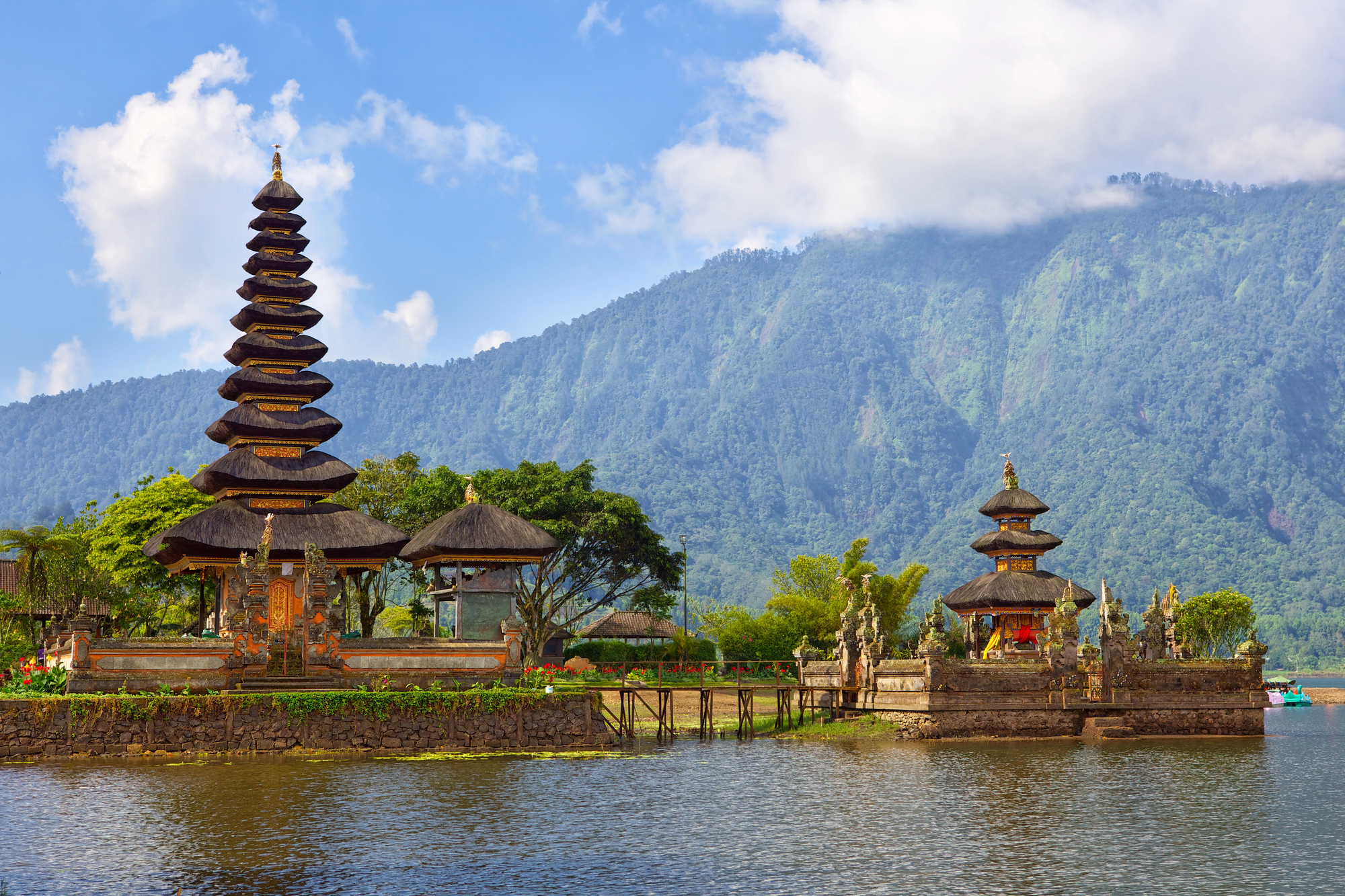
Bali’s temples boast those distinctive multi-tiered roofs called merus – impossible to miss once you’ve seen them – alongside intricate stone carvings that tell ancient Hindu stories. Most Balinese temples embrace open-air designs with several pavilions scattered throughout natural settings.
Thai temples couldn’t be more different with their gleaming gold surfaces, dramatically pointed spires (prangs), and countless Buddha images reflecting Thailand’s Buddhist heritage.
Beach Culture
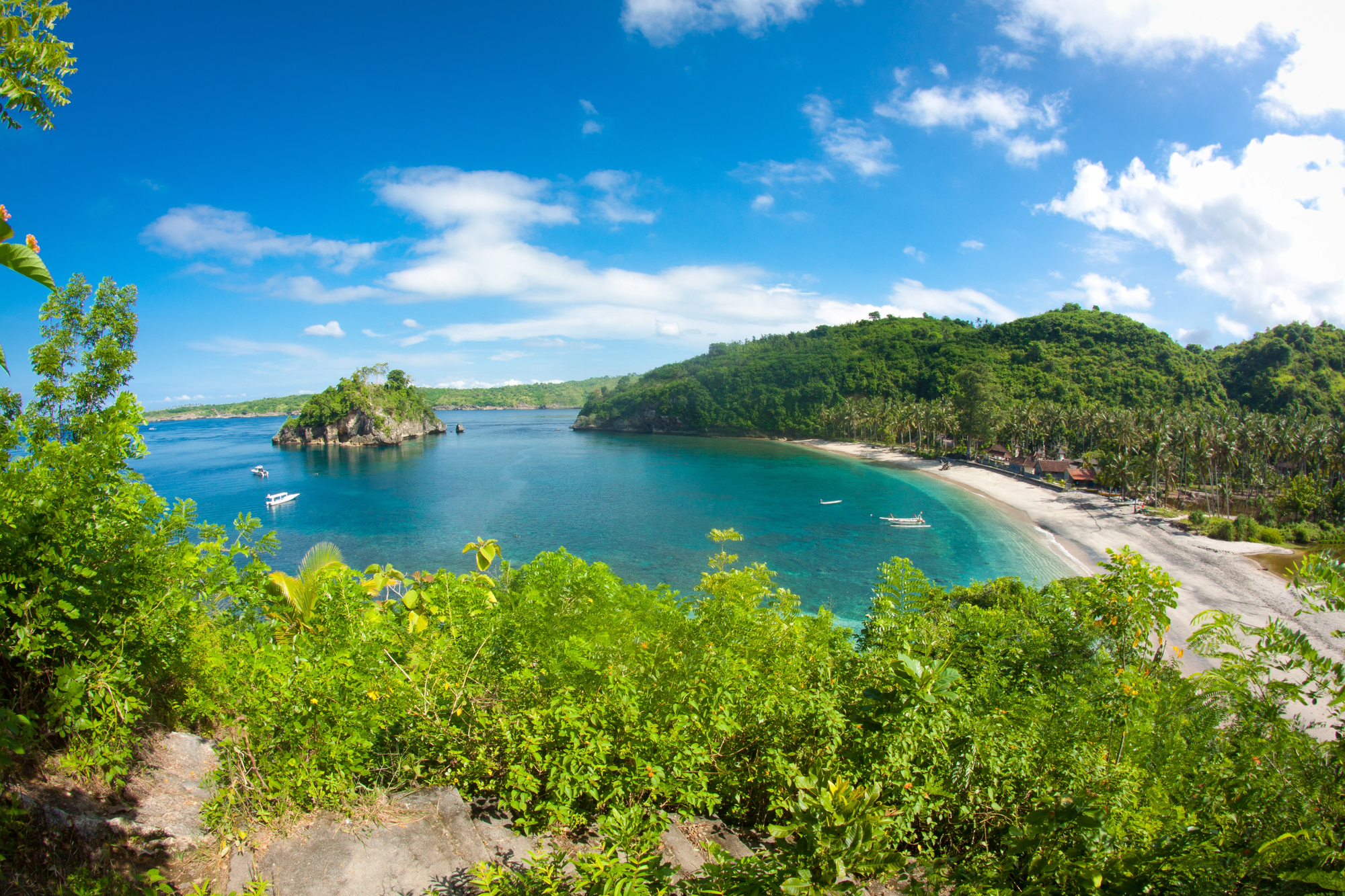
Bali draws surfers like moths to flame thanks to reliable waves that cater to everyone from wobbly beginners to seasoned pros. The island’s trendy beach clubs typically nestle into the landscape rather than dominate it – think bamboo structures facing those legendary Bali sunsets.
Thailand’s coastlines feature gentler waters perfect for swimming – not surfing – while places like Koh Phangan and Phuket lean heavily toward the party scene that’s become synonymous with Thai beach life.
Local Cuisine

Balinese cooking revolves around those complex spice mixtures called bumbu – the foundation of standout dishes like babi guling (that mouthwatering roast pig) and bebek betutu (duck slow-cooked in banana leaves). Flavors tend toward the aromatic rather than fiery hot.
Thai cuisine, meanwhile, performs an intricate balancing act between sweet, sour, salty, and spicy elements – think zesty som tam papaya salad or rich massaman curry – with a heavy emphasis on fresh herbs that brighten every bite.
Like Travel Pug’s content? Follow us on MSN.
Spiritual Practices
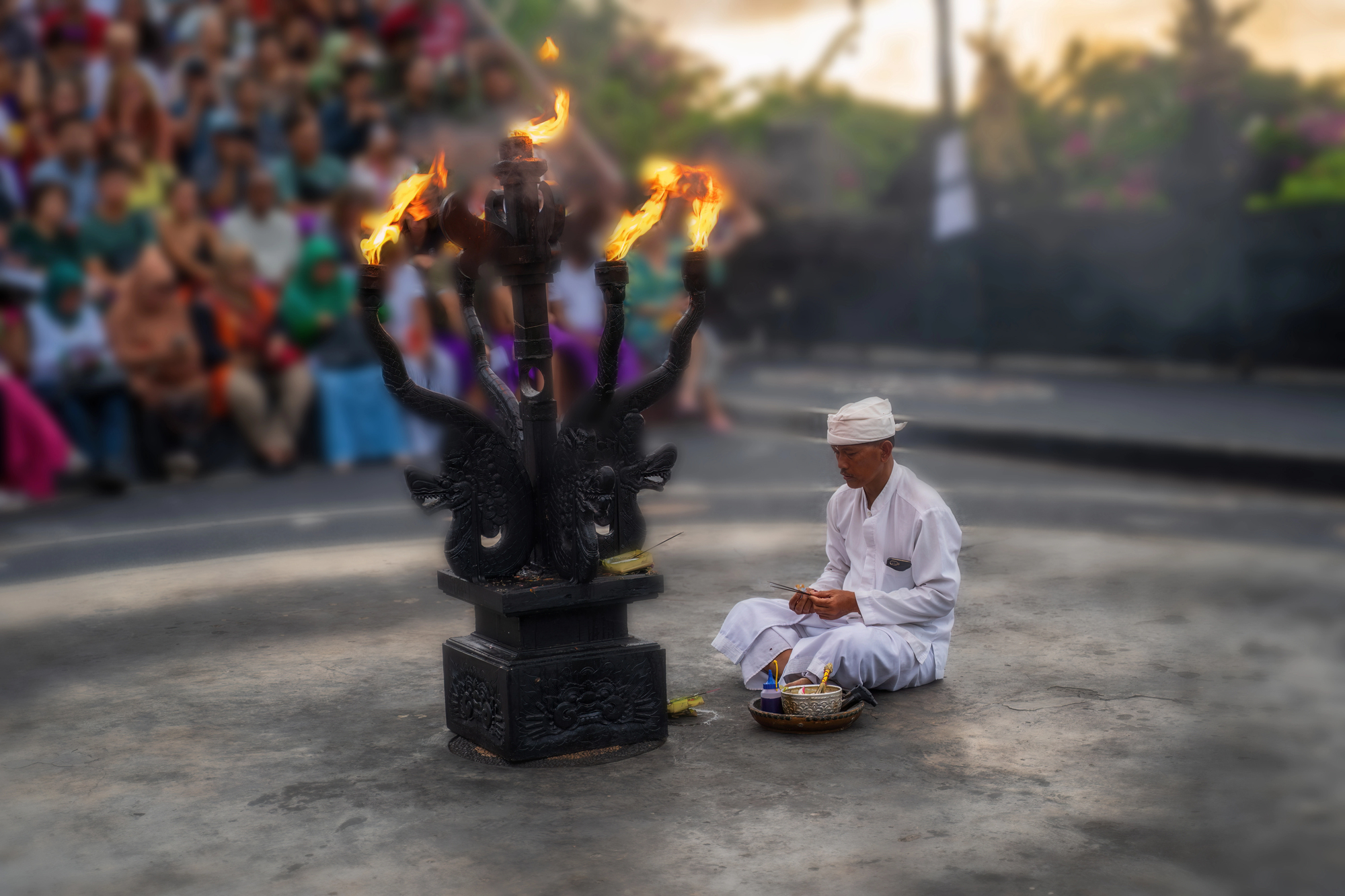
Daily Balinese life intertwines completely with Hindu rituals – those little canang sari offerings appear everywhere, from shop entrances to motorcycle handlebars. Visitors might accidentally stumble upon elaborate ceremonies featuring hypnotic gamelan music and dancers in trance states.
Thailand’s spiritual landscape centers on those iconic orange-robed monks collecting morning alms – a practice dating back centuries – while meditation retreats welcome foreigners seeking temporary escape from modern life’s constant noise.
Transportation Options
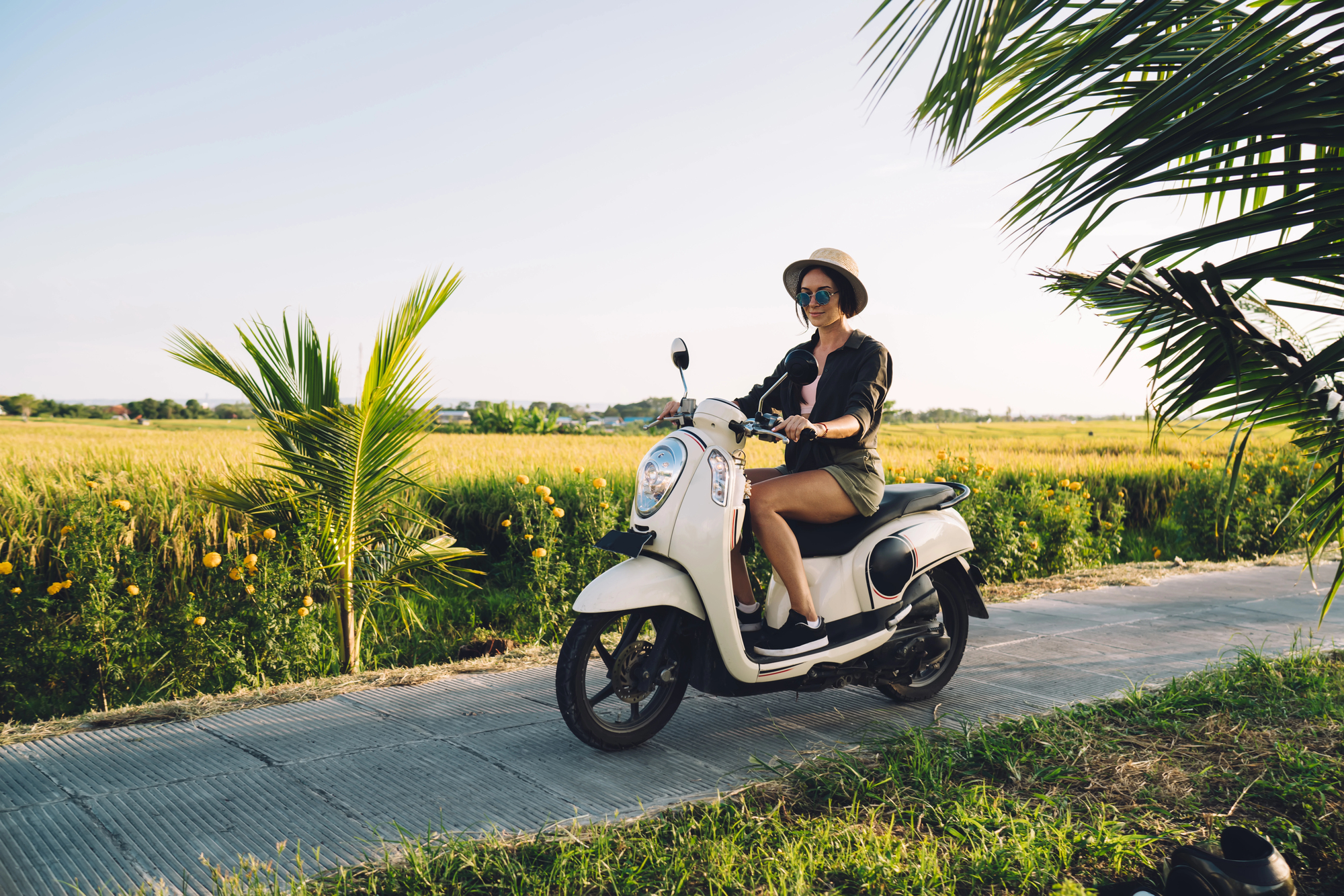
Bali’s narrow, winding roads make scooter rental practically mandatory for visitors wanting freedom to explore – though hiring private drivers remains popular with those preferring air-conditioned comfort. Traffic jams plague tourist hotspots like Seminyak – sometimes turning short trips into hour-long ordeals.
Thailand offers far more diverse transit options – from Bangkok’s ultra-modern sky train to colorful tuk-tuks zipping through city streets, graceful long-tail boats connecting islands, plus comprehensive bus networks linking major destinations.
Nightlife Experiences
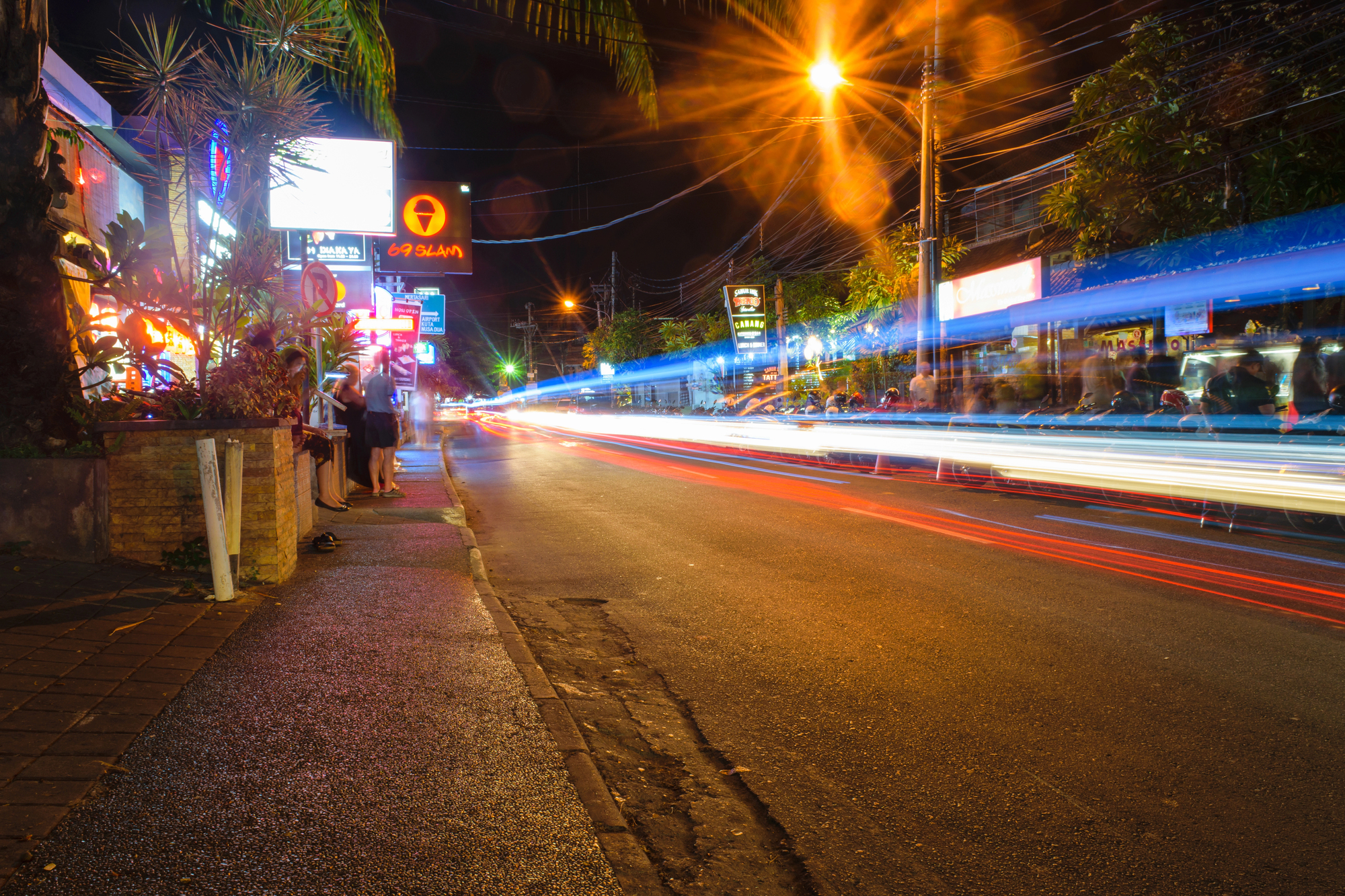
Bali concentrates its after-dark scene in pockets like Seminyak and Canggu – where beach clubs host sunset sessions that rarely continue past midnight. The atmosphere leans toward sophisticated lounging rather than wild partying.
Thailand’s nightlife spans everything from Bangkok’s swanky rooftop bars – perched atop skyscrapers with jaw-dropping views – to those infamous Full Moon beach raves where thousands dance until sunrise. Entertainment districts in Patong and Pattaya cater specifically to night owls seeking around-the-clock action.
Like Travel Pug’s content? Follow us on MSN.
Wellness Approaches

Bali has cemented its reputation as a global wellness hub, with yoga studios overlooking emerald rice fields and retreat centers offering everything from silent meditation to raw food detoxes. Traditional healing often involves visits to balians – Balinese healers using ancient methods passed through generations.
Thailand takes a different wellness path centered on traditional Thai massage – that unique combination of stretching and pressure point work. Massage schools teach these techniques while affordable treatment shops line virtually every tourist street.
Shopping Experiences
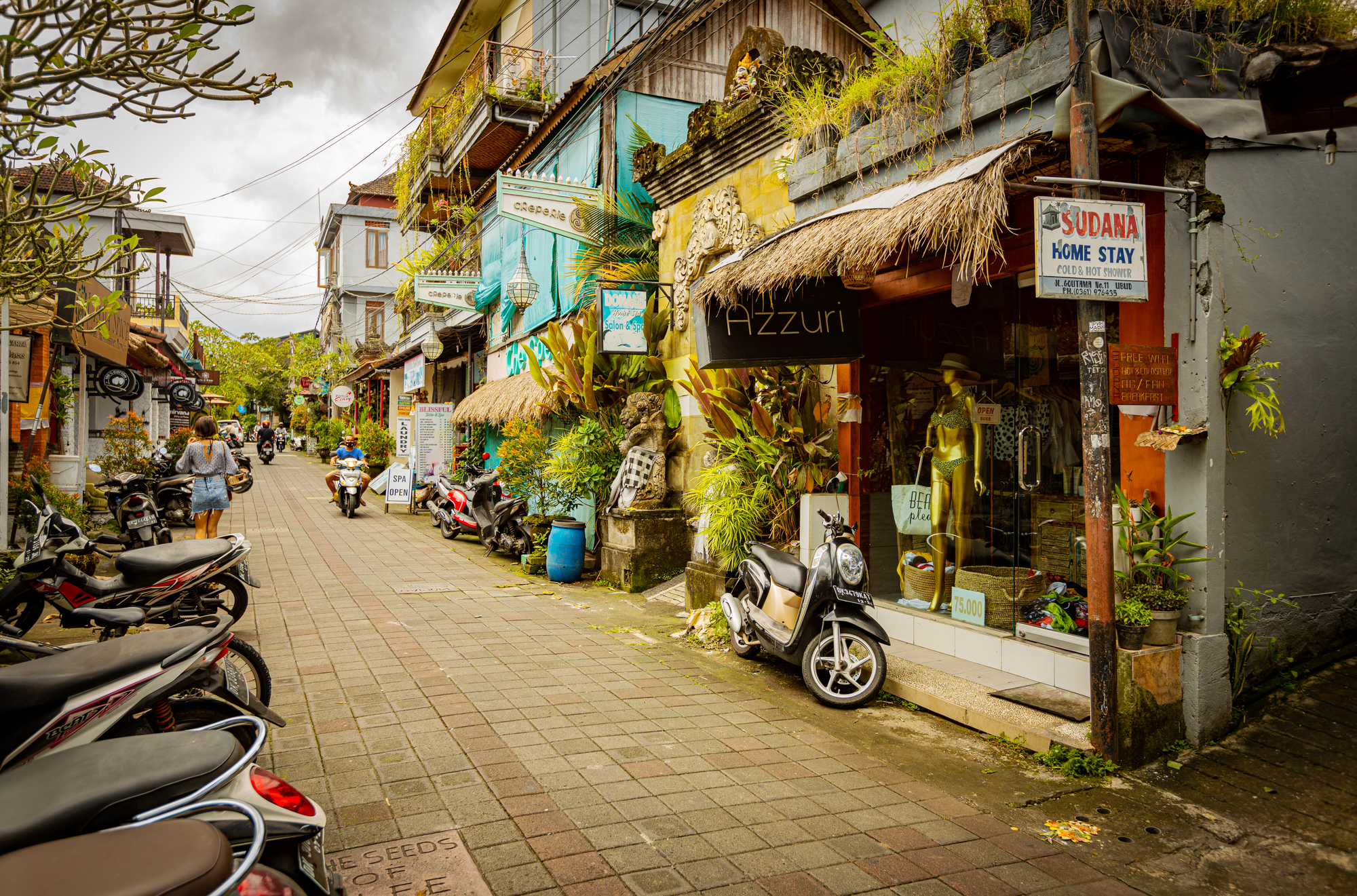
Balinese markets overflow with locally crafted treasures – handwoven ikat textiles, delicate silver jewelry, and wooden carvings crafted by multi-generational artisan families. Ubud’s art markets showcase the island’s creative spirit, while Seminyak’s boutiques offer designer pieces with distinct Balinese flair.
Thailand excels at retail grandeur – especially in Bangkok, where gleaming megamalls like Siam Paragon rise like consumer temples alongside sprawling markets such as Chatuchak Weekend Market, with its 15,000+ stalls selling everything imaginable.
Natural Landscapes
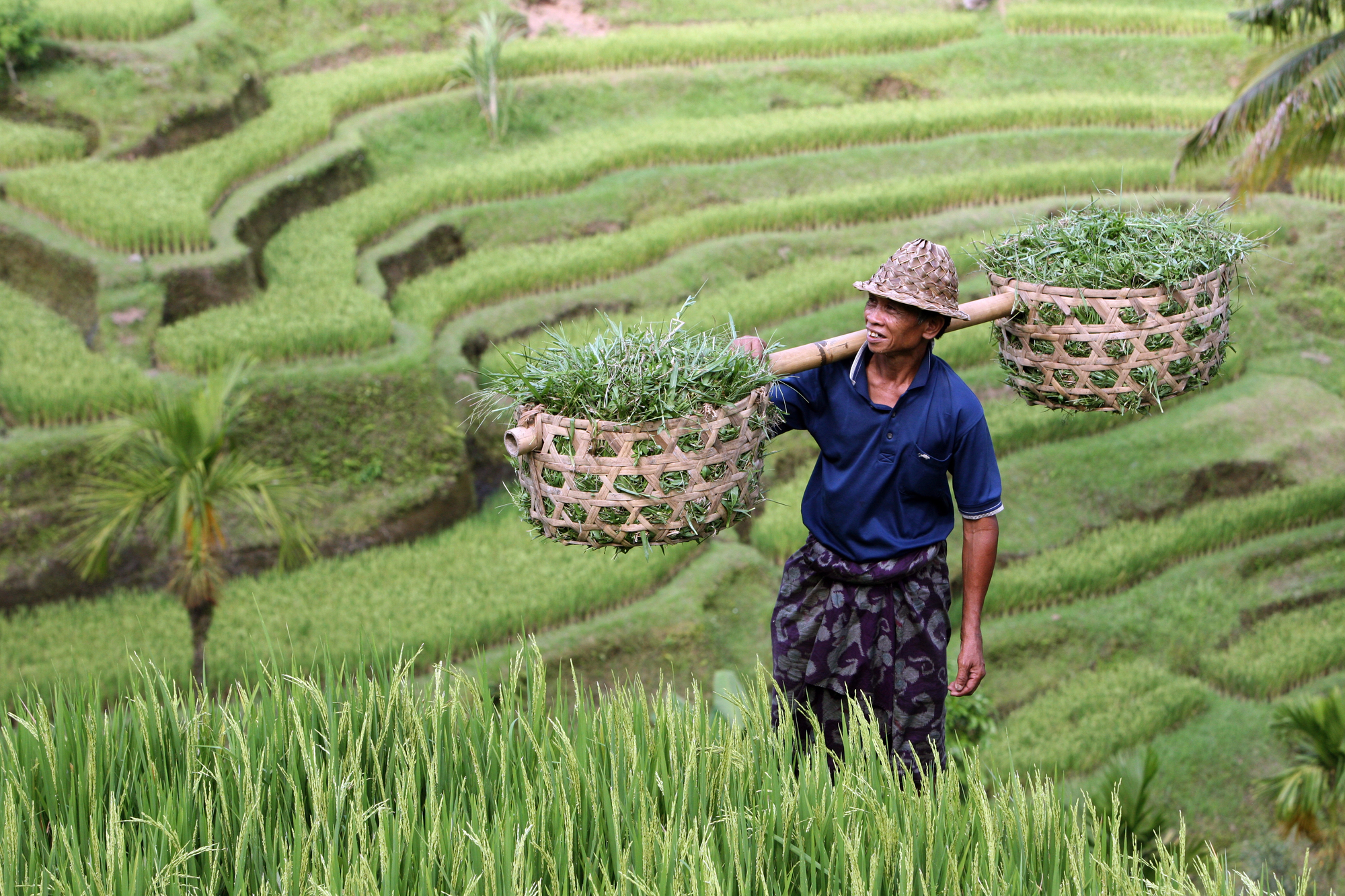
Bali’s interior reveals those iconic terraced rice fields – particularly around Ubud and Tegallalang – creating living staircases of green across hillsides that have become Instagram royalty. Active volcanoes like Mount Batur provide adventurous hikers with sweeping dawn vistas after challenging pre-sunrise climbs.
Thailand counters with those dramatic limestone karsts jutting from turquoise waters around Krabi and Phang Nga Bay. The northern regions offer misty mountains where hill tribes maintain traditional ways largely unchanged by modern influence.
Like Travel Pug’s content? Follow us on MSN.
Wildlife Encounters

Bali offers limited wildlife viewing beyond those mischievous macaques inhabiting temples at Uluwatu and Ubud’s Monkey Forest. Marine adventures provide the most natural encounters – snorkelers might spot manta rays and the bizarre ocean sunfish (mola mola) around Nusa Penida.
Thailand delivers considerably more diverse wildlife opportunities: ethical elephant sanctuaries in Chiang Mai let visitors interact with rescued pachyderms; gibbon rehabilitation centers in Phuket work to protect endangered primates; extensive marine parks protect habitats where dugongs, dolphins, and countless bird species thrive.
Cost Considerations

Bali has developed a substantial luxury market with five-star resorts charging prices that might shock unprepared travelers familiar with typical Southeast Asian rates. Budget accommodations exist but often lack the value found elsewhere in the region.
Thailand maintains exceptional affordability across all price points – street food meals still cost under $2 in many areas, while comfortable mid-range hotels typically undercut comparable Balinese options by 20-30%. Even Thailand’s luxury experiences generally deliver more bang for your buck.
Language Barriers
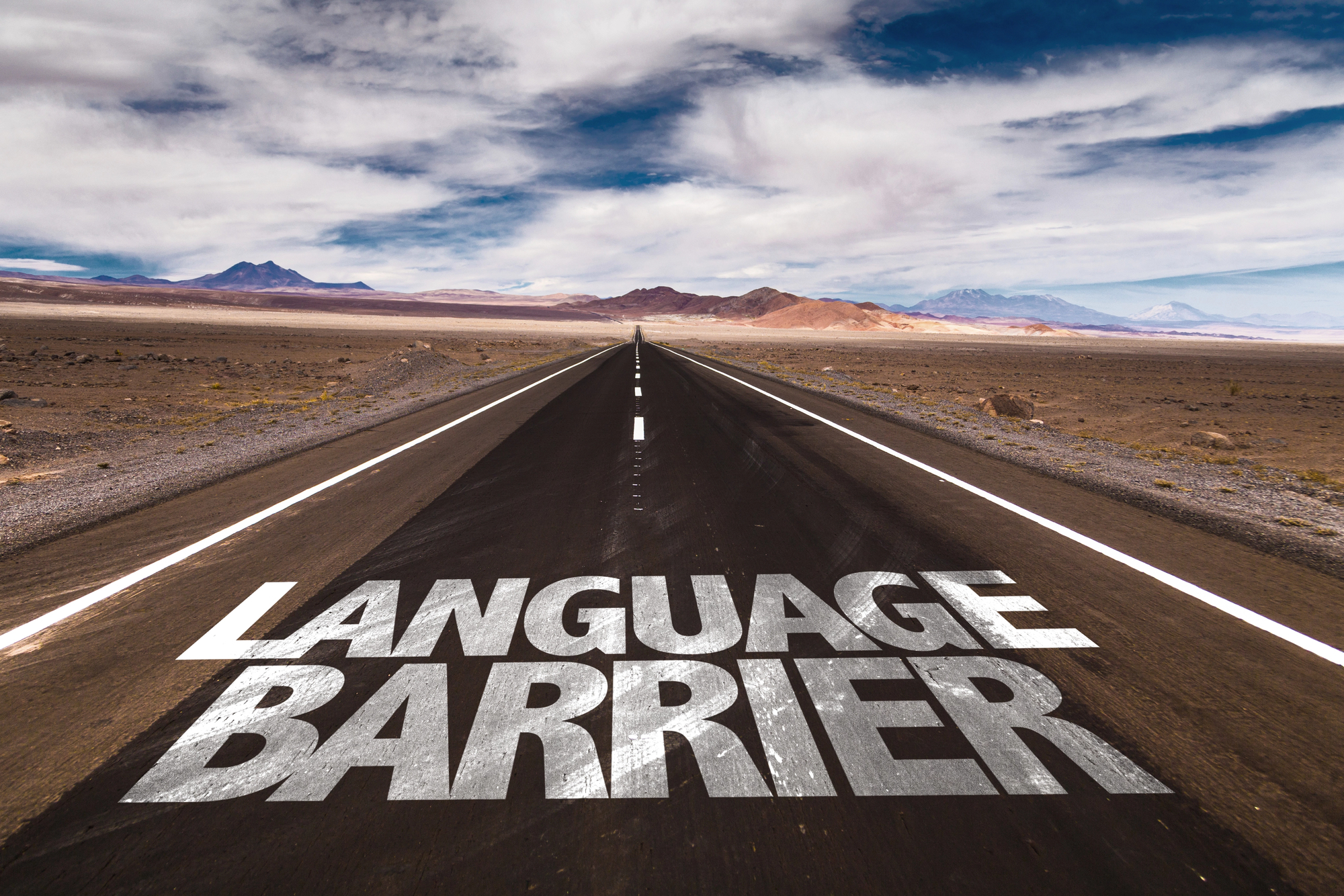
Balinese people working in tourism generally speak impressive English, making communication relatively painless for most international visitors. Signs, menus, and important information appear in English throughout developed areas of the island.
Thailand presents more significant language challenges beyond major tourist centers, with English proficiency varying dramatically from place to place. Thai script proves particularly challenging for Western visitors to decipher without translation tools, creating occasional communication hurdles in less-traveled regions.
Like Travel Pug’s content? Follow us on MSN.
Architectural Styles

Bali enforces building regulations in many areas, requiring new structures to incorporate traditional elements like distinctive peaked roofs and ornately carved doorways. The island’s architecture seamlessly blends modern luxury with traditional compound layouts featuring separate pavilions for different functions.
Thailand displays greater architectural diversity, from sleek Bangkok skyscrapers to traditional wooden houses perched on stilts in rural areas. Modern construction in Thailand generally faces fewer restrictions regarding cultural design elements.
Cultural Performances

Balinese performances such as legong and kecak dances remain intimately connected to religious ceremonies rather than existing primarily as tourist attractions. Dancers wear elaborate golden costumes and headdresses while performing in temple courtyards accompanied by metallic gamelan orchestras.
Thai cultural shows often feature classical dance forms like khon (masked dance) alongside demonstrations of Muay Thai boxing matches that showcase the country’s national sport with its ritual elements, including the wai kru pre-fight ceremony.
Water Traditions

Bali centers numerous rituals around water purification, with holy springs like Tirta Empul drawing both devoted worshippers and curious tourists seeking blessings. Water temples like Ulun Danu Beratan appear to float on lakes, highlighting water’s sacred role in Balinese Hinduism.
Thailand celebrates water differently through festivals like Songkran, the Thai New Year water festival, when good-natured water fights erupt nationwide, symbolizing the washing away of the past year’s misfortunes.
Like Travel Pug’s content? Follow us on MSN.
Distinctive Island Characters
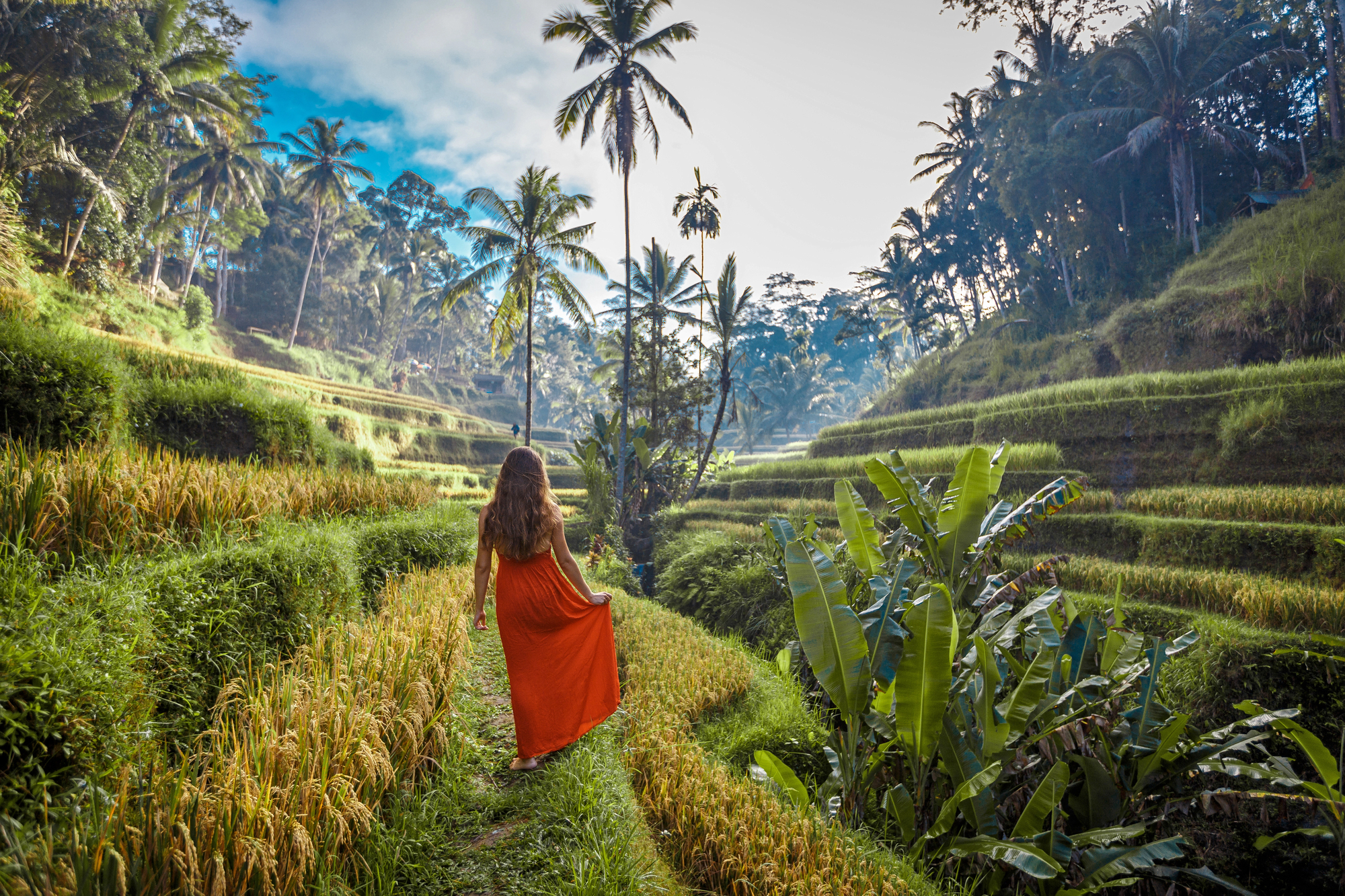
Both destinations offer travelers incredible experiences shaped by centuries of cultural evolution. The contrasts between Bali’s spiritual tranquility and Thailand’s energetic diversity provide perfect complements for travelers looking to experience Southeast Asia’s full spectrum.
Perhaps the greatest travel wisdom is not choosing between these destinations but experiencing both—allowing their differences to reveal the rich tapestry of a region where ancient traditions and natural beauty create unforgettable journeys.
More from Travel Pug

- Cities Growing so Fast You Won’t Recognize Them in 10 Years
- 13 Destinations Where Tourists Regularly Regret Their Trip
- 20 Obscure WWII Sites Even History Buffs Don’t Know About
- 10 Under-the-Radar Mountain Towns That Are Both Affordable and Beautiful
- Remote Villages in Europe Where You Can Live for Free in Exchange for Work
Like Travel Pug’s content? Follow us on MSN.
